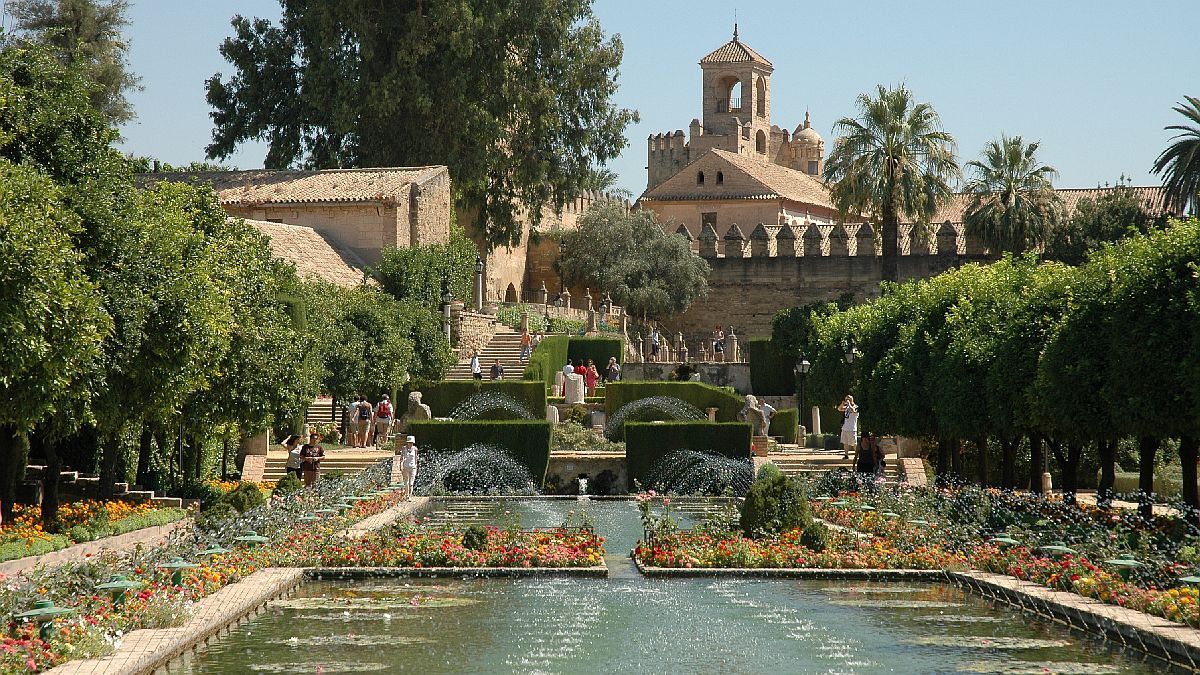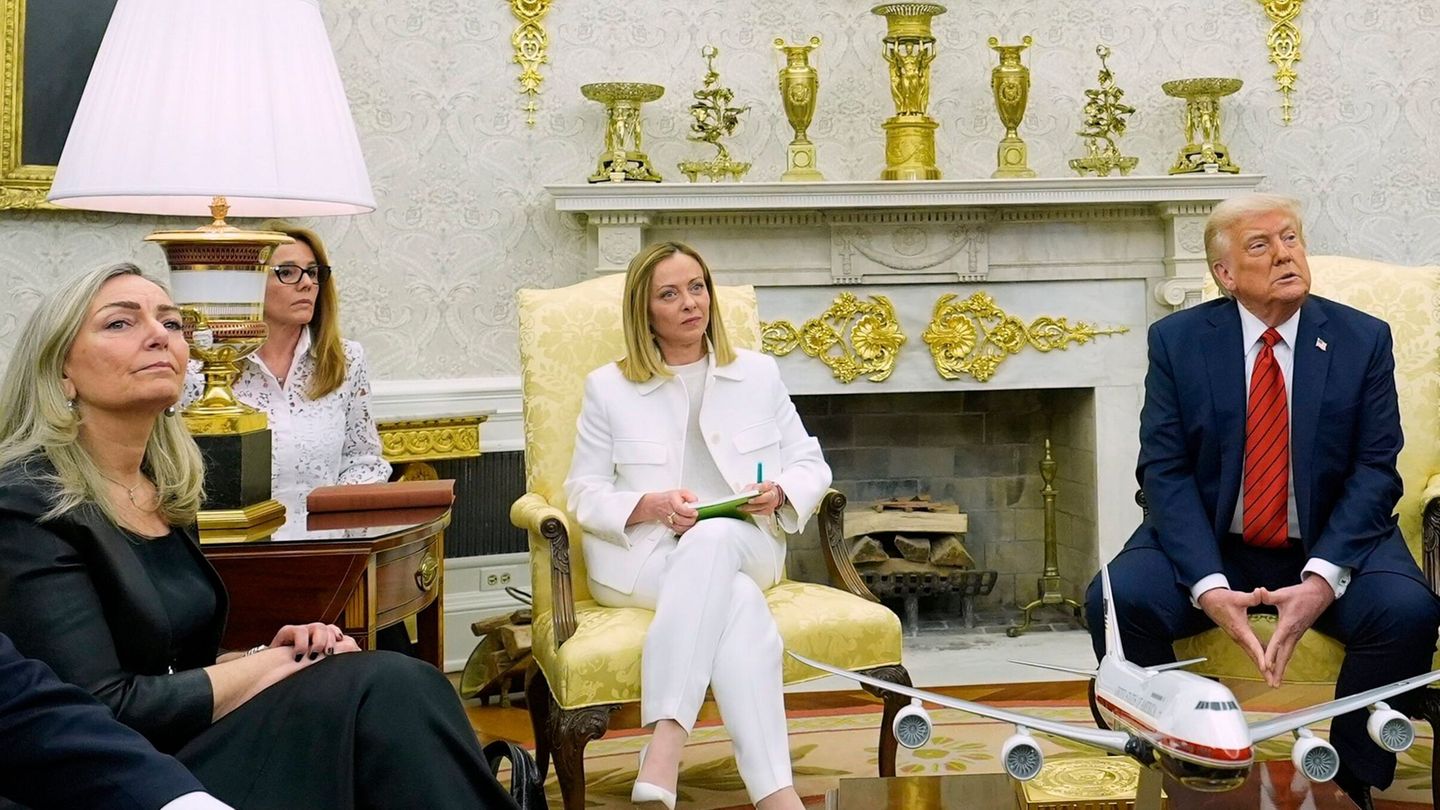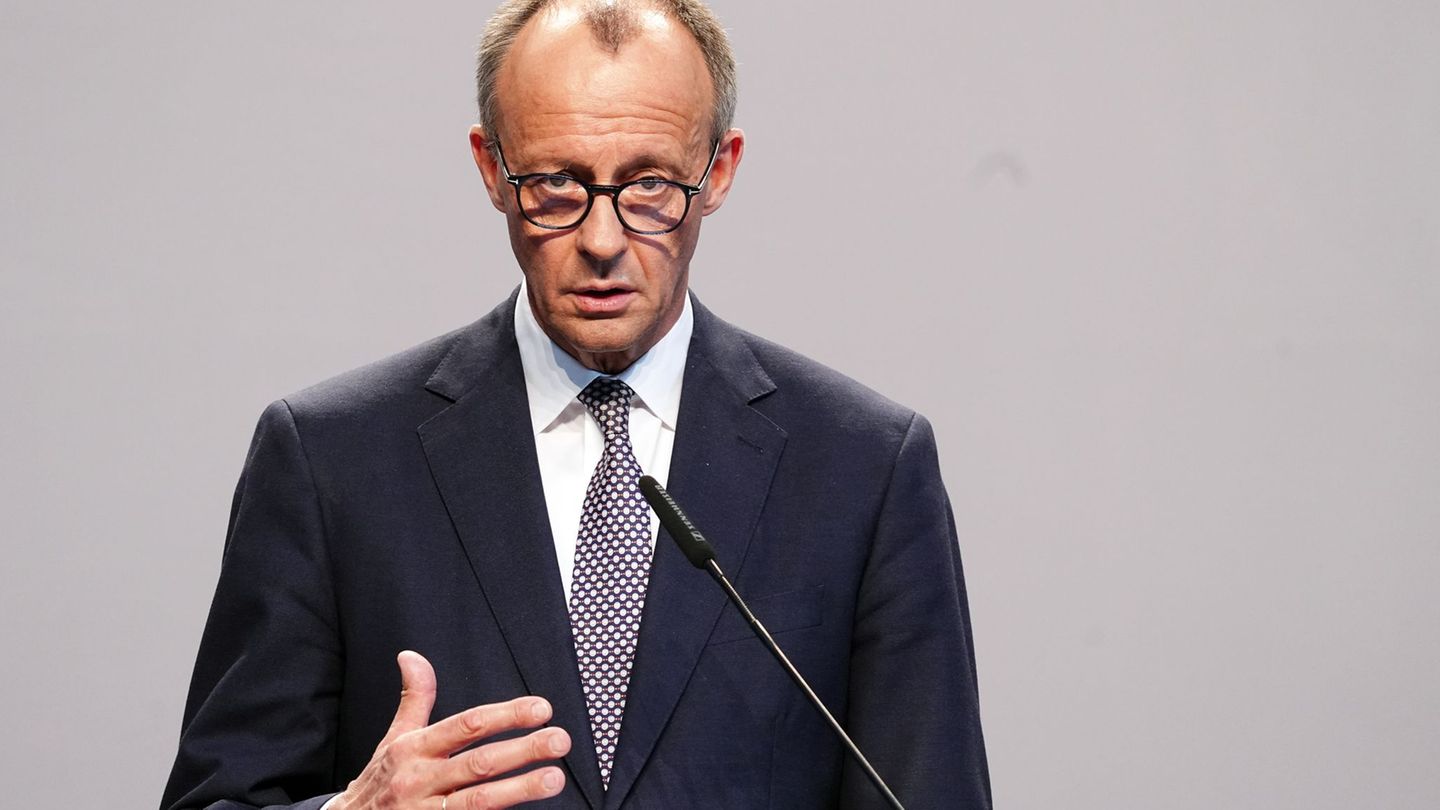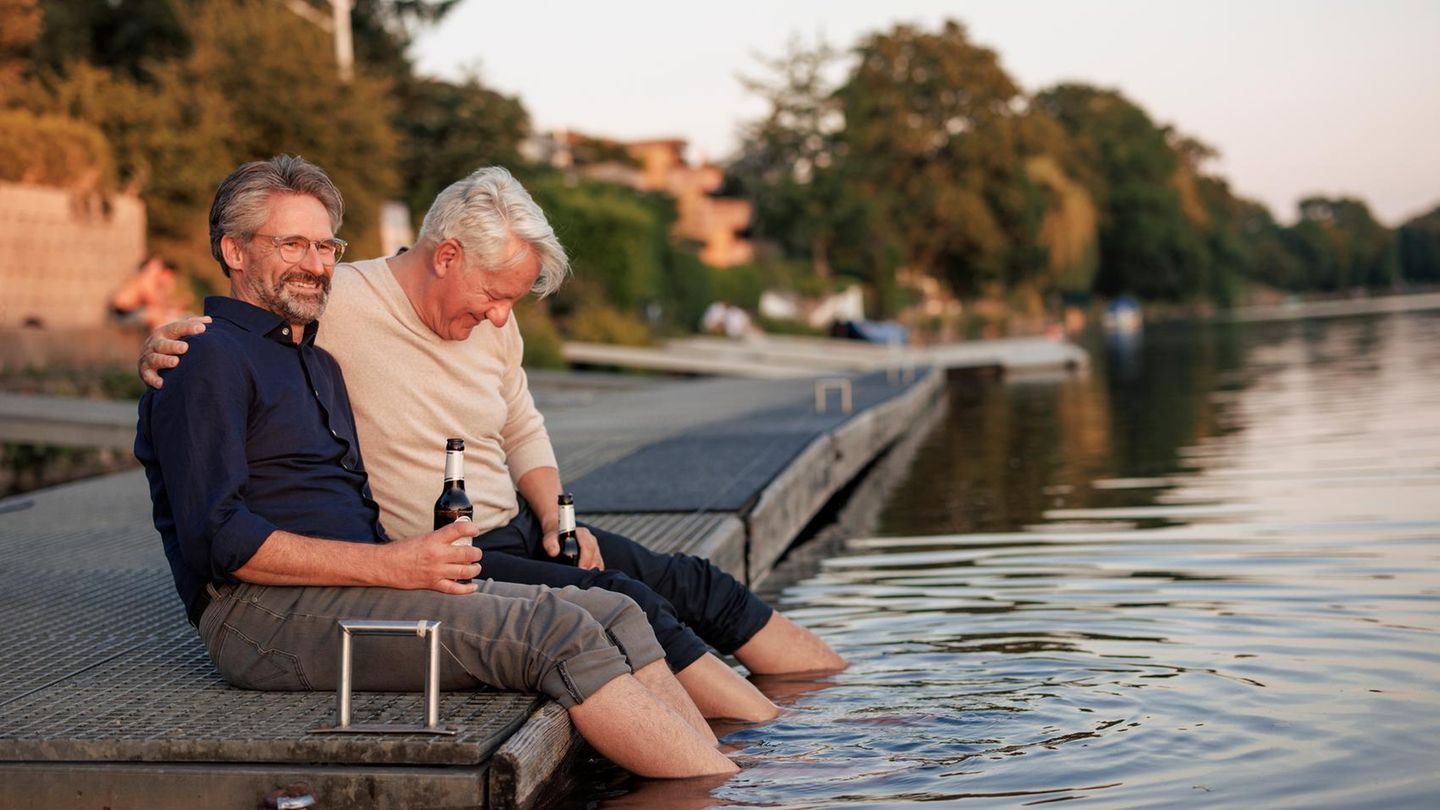Representatives of provinces or cities called “Cordova” from Argentina, Spain, Colombia, Mexico and Venezuela met in person at the International Symposium “The Córdobas of the world” to share the culture of each “Córdoba”, to make known its local identity, its history, heritage and to highlight historical ties, affinity and consanguinity that link the Córdobas of Ibero-America.
The meeting took place from December 13 to 15 in the Hall of Columns, Pedro López de Alba Building in Córdoba Spain. From the presentations developed those days by academics, cultural specialists and government officials, the following common points could be extracted:
- There are ten Córdobas with the same name: three are provinces located in Argentina, Spain and Colombia; five are municipalities distributed in Veracruz Mexico; Táchira Venezuela; and in Colombia in the department of Quindío, Bolívar, Nariño and two are townships in the municipality of Buenaventura and in Villa de Caparrapí.
- The oldest of the Córdobas is the Spanish one founded by the praetor Claudio Marcellus in 169 BC; then that of Córdoba, Argentina (1573) by Jerónimo Luis de Cabrera and that of Veracruz (1618) by Viceroy Diego Fernández de Córdoba.
- Regarding the name, many believe that the Córdoba are named after the Spanish. But it’s not like that. The only one named as a tribute to the Spanish one is the Argentine one. The Córdoba of Veracruz -Mexico- owes its name to its founder, Viceroy Diego Fernández de Córdoba. The other Córdoba of Colombia and Venezuela are named after General José María Córdoba, a hero who fought for the independence of both countries.
- The three provincial capitals called Córdoba are crossed by a river, the Suquía in the case of Argentina, the Guadalquivir in Spain and the Sinú River in Colombia. The city of Córdoba in Bolívar -Colombia- is also a river city, located on the banks of the Magdalena River.
- They share the same name: the inhabitants who live in Córdoba Argentina, Spain, Mexico of the department of Córdoba in Colombia are called “Cordobes”.
- The Argentinian, Colombian and Spanish people of Córdoba are recognized for their characteristic sense of humor.
- The people of Cordoba from Argentina and Spain are identified by their way of speaking in a sung way and because they do not pronounce some “es” in their words.
- Another characteristic feature that almost all of them have is that they have a mountainous landscape, fertile lands and great agricultural development. Three of them, Venezuelan, Mexican and Quindío in Colombia, stand out for their coffee landscape.
The oldest of all Córdoba
Spanish Córdoba is a province in the south of the country, which has 77 municipalities, whose capital is also called “Córdoba”. Founded in 169 BC on the banks of the Guadalquivir River, it has more than 758,240 inhabitants in 13,771 km² of surface.
It is the oldest of all and reflects the prominence of the strong civilizations that populated it: Romans, Muslims, Jews and Christians. These left a deep mark on the heritage, culture, customs and traditions of the ancient city.
image.png
UNESCO recognized the universal importance of its historical assets, declaring its Cathedral Mosque, the Historic Center, the Patios Festival and the Medina Azahara four times a World Heritage Site. Córdoba supports its economic activity with tourism, the jewelry industry and commerce.
Córdoba, The Learned
Córdoba was the first city founded with this name in Latin America, on July 6, 1573, by Don Jerónimo Luis de Cabrera, who named it Córdoba de la Nueva Andalucía in homage to his wife’s homeland. Some testimonies indicate that the founder found a special resemblance to his Spanish namesake.
The province of Córdoba, the second largest in Argentina, has 3,978,984 inhabitants. In its territory of 168,864 km², plains, mountains and valleys come together. The interior is very vigorous due to its agricultural and industrial development and preserves the tradition of its towns in an environment of beautiful mountain landscapes.
Its capital city also called “Córdoba” is cosmopolitan, cultural and academic hub due to its historic National University founded in 1613 – the first University in Argentina and the second in Latin America. The architectural complex called Jesuit Block and the Camino de las Estancias has been declared a World Heritage Site by UNESCO since 2000.
Córdoba, La Heroica
This Córdoba is a very important city in Mexico, because the consummation of independence was signed there with the signing of the Córdoba treaties, hence its title of “heroic.” Its name is in honor of the Viceroy who founded it with the surname “Córdoba” in 1618 along with 30 knights.
With an area of 159.99 km², it has around 210,000 inhabitants and its main activities are agriculture, commerce and industry. It is also part of the most important Mexican coffee growing area.
image.png
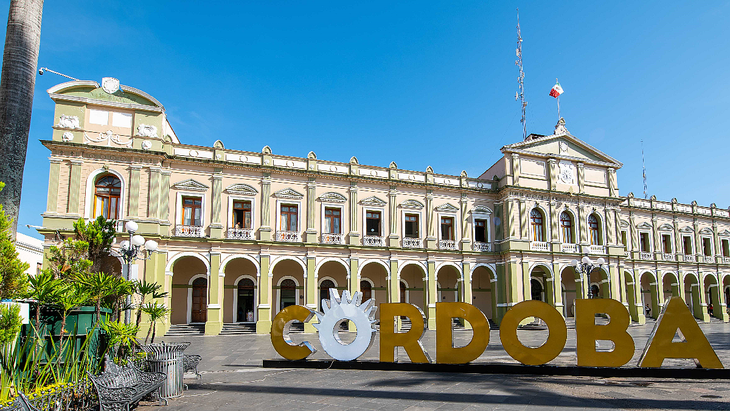
Colombia, the country with six Córdobas
The department of Córdoba is one of the 32 departments that Córdoba has. It has more than 1,800,000 inhabitants and an area of 23,980 km². Its capital is Montería. It is known as the “Gateway to the Colombian Caribbean” since it is located between the foothills of the Andes mountain range and the Caribbean plain.
It has a mountainous landscape, beaches, swamps, ecological parks and rivers. It is a large-scale agricultural power. It is also the birthplace of artisans, who live in indigenous reservations and make the traditional vueltiao hat, a national symbol like the Porro Festival.
image.png

Regarding the three municipalities, Córdoba Quindiana is part of the Colombian coffee cultural landscape. With 5,249 inhabitants, it is the international headquarters of bamboo and guadua, materials used for housing construction, crafts and decoration pieces.
The Córdoba of Nariño, with a large mountainous area, has 20,656 inhabitants and 17,000 in the Males indigenous reservation. These have their council, their own customs and cultural traditions. It develops significant agricultural development. The Bolivarian Córdoba is a population of 12,435 people located in the Caribbean region on the banks of the Magdalena River. Its main activity is livestock farming and sesame cultivation.
Córdoba, Capital of the spinning top
This Córdoba is located in the state of Táchira in the southwest of the country. Its territory is mostly mountainous with beautiful landscapes dedicated to coffee and sugar cane with the production of panela.
Its founding origins date back to 1860. It is currently made up of thirteen villages and 87 peasant settlements with more than 39,000 inhabitants distributed over 628 km² of territory. It stands out in the manufacture of spinning tops, with its capital, Santa Ana del Táchira, known as the “Capital of the spinning top”.
Monument to the Liberator Simon Bolivar.JPG
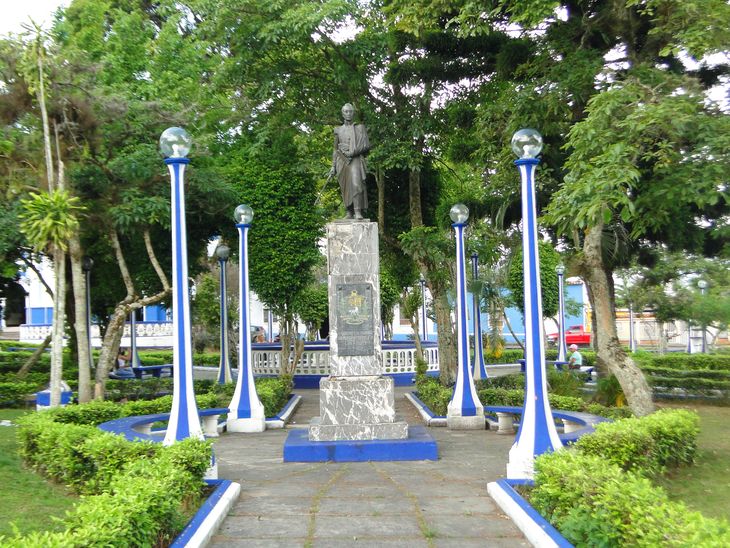
To expand the information on each Córdoba of Ibero-America, you can read online the digital books “Las Córdobas de Iberoamérica”, “Las Córdobas del mundo” and “La ruta de las Córdobas”.
Source: Ambito
David William is a talented author who has made a name for himself in the world of writing. He is a professional author who writes on a wide range of topics, from general interest to opinion news. David is currently working as a writer at 24 hours worlds where he brings his unique perspective and in-depth research to his articles, making them both informative and engaging.

